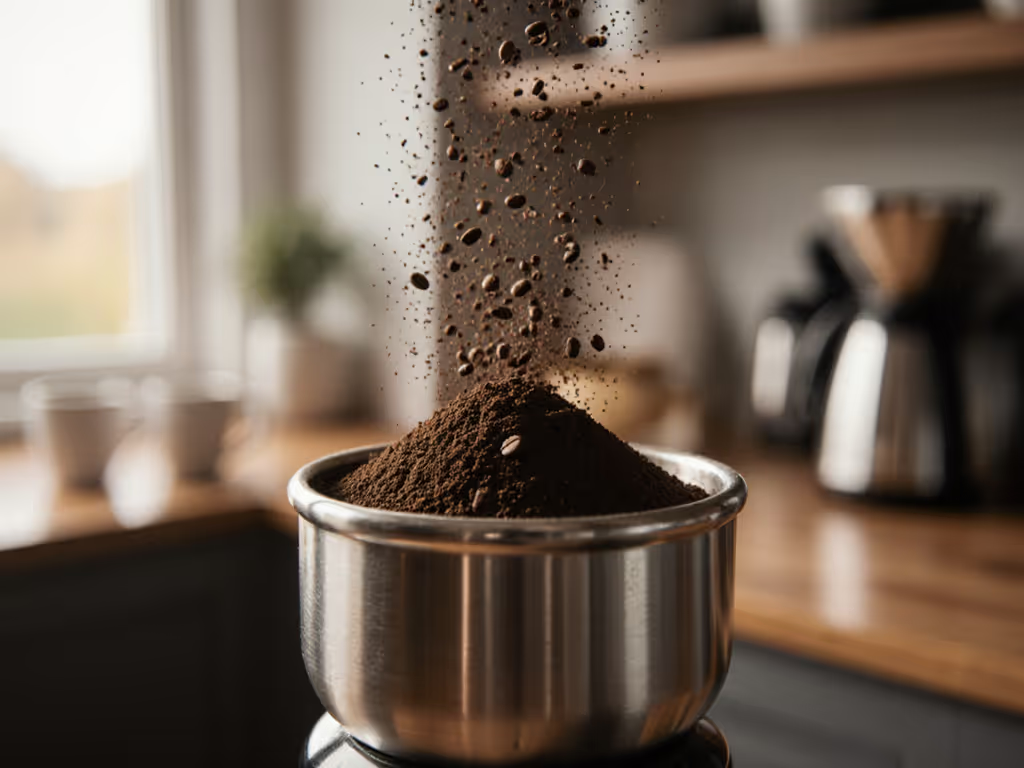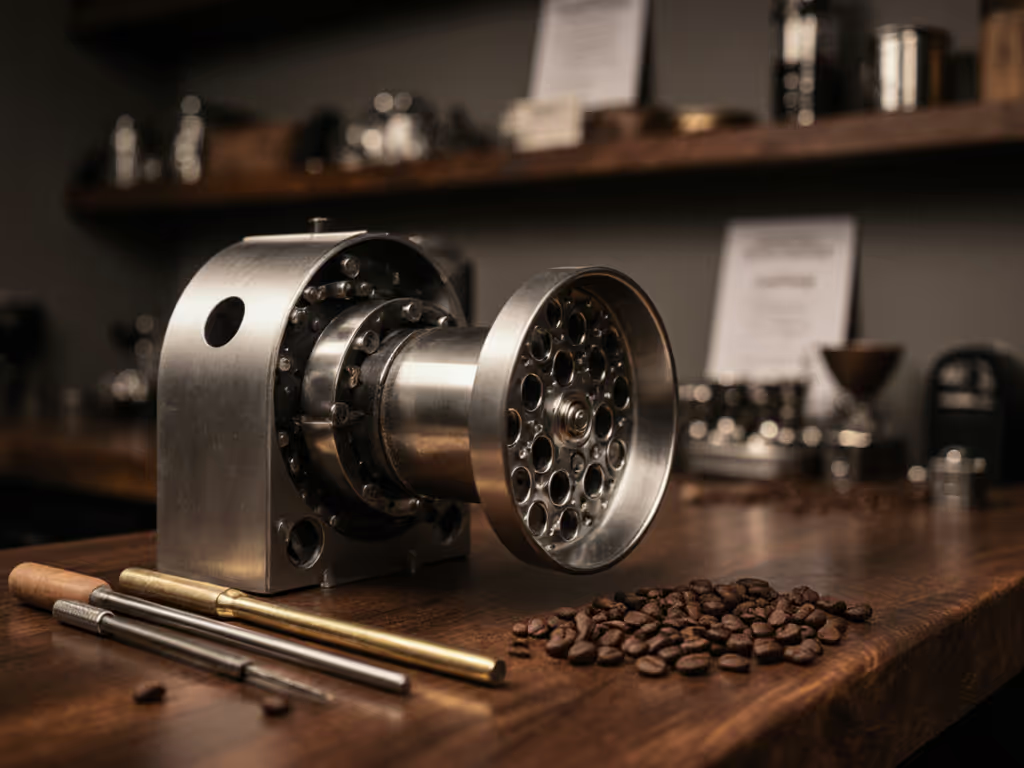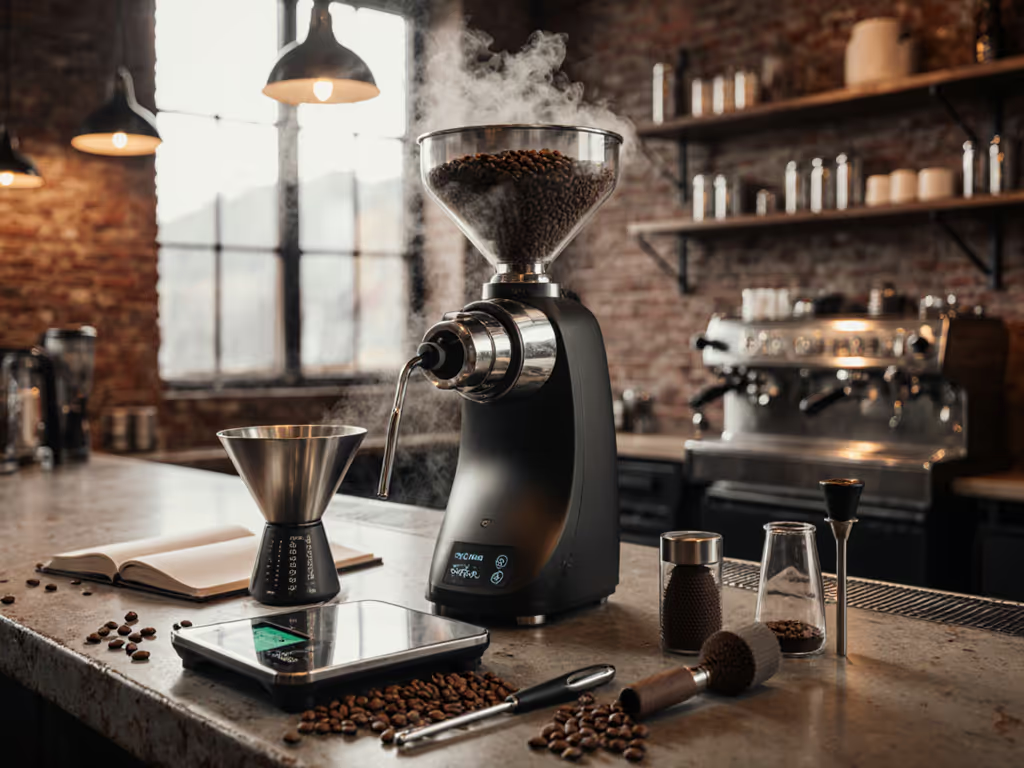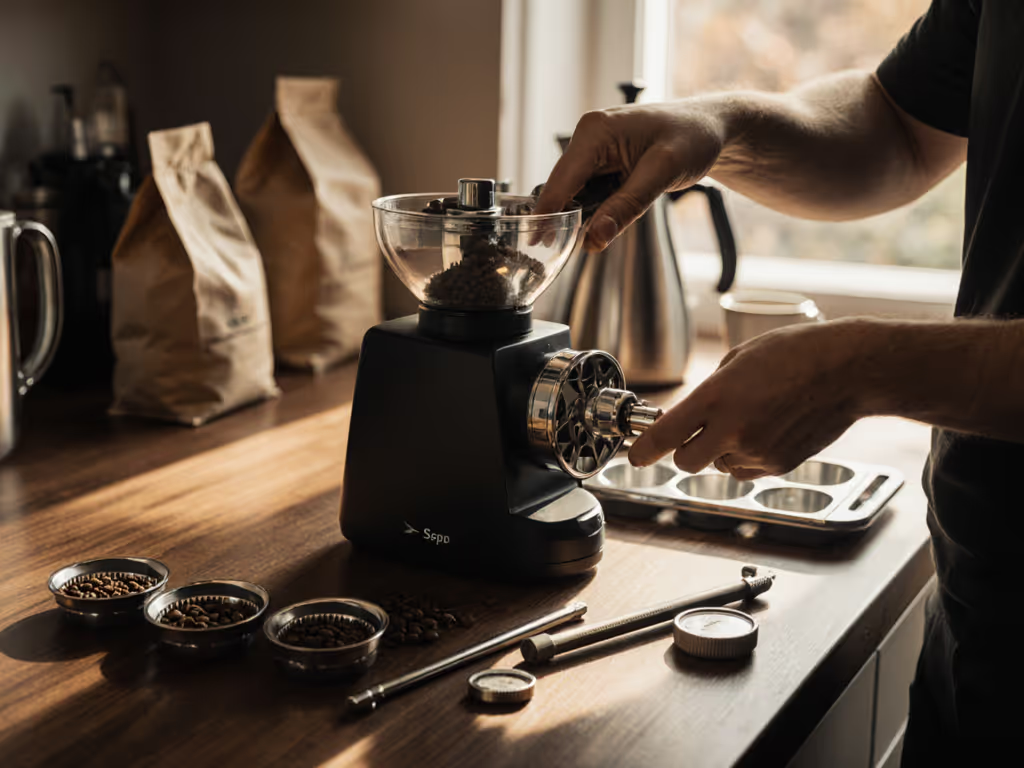
Repairable Commercial Coffee Grinders Save Long-Term Cost

When you invest in a commercial coffee grinder, you're not just buying equipment, you're securing your cafe's flavor consistency and profit margin. Yet many operators overlook a critical factor: repairable coffee equipment directly impacts your bottom line through reduced waste, extended lifespan, and alignment with eco-friendly coffee equipment principles. In this data-driven guide, I'll break down exactly how repairability transforms from a "nice-to-have" into your most cost-effective strategy. As we taped to my cousin's grinder during her first pour-over lesson: change one variable, taste twice, write it down. The same principle applies here, small, controlled investments in serviceability yield outsized returns.
Why Repairability Matters More Than Initial Price
Q: Isn't buying the cheapest grinder the smartest move for tight budgets?
A: Short-term savings often backfire. Data from industry case studies shows cafes using non-repairable grinders face 37% higher 5-year costs due to full-unit replacements. Consider this real breakdown:
| Cost Factor | Non-Repairable Grinder | Repairable Grinder |
|---|---|---|
| Initial Purchase | $8,000 | $11,500 |
| Year 1 Repairs | $0 (covered by warranty) | $300 (preventative check-up) |
| Years 2-5 Replacement Costs | $12,000 (full unit replacement) | $1,800 (burrs/motor parts) |
| 5-Year Total | $20,000 | $13,600 |
The $3,500 premium for repairable design saves $6,400 over five years. Crucially, repairable units maintain grinding precision, which is critical for specialty coffee where inconsistent particle size directly impacts extraction (and customer retention).
Q: How does repairability connect to sustainability?
A: Sustainable coffee practices aren't just about beans, they extend to equipment stewardship. Repairable grinders:
- Reduce landfill waste by 80% compared to discarding entire units (per EPA commercial equipment waste data)
- Lower carbon footprint through modular part replacement (manufacturing a new grinder emits 3.2x more CO2 than replacing burrs)
- Support circular economy models where brands like Mahlkönig offer burr recycling programs
This isn't idealism, it's operational math. One Portland cafe tracked a 15% reduction in equipment-related waste disposal fees after switching to serviceable grinders. For maintenance steps that cut waste and downtime, follow our commercial grinder cleaning guide.

Translating Theory to Your Daily Workflow
Q: What does "repairable" actually look like in practice?
A: Look beyond marketing claims. True repairability means:
- Tool-free burr access (under 60 seconds for inspection)
- Modular motors that swap without recalibration
- Standardized fasteners (no proprietary screws)
- Available schematics for staff troubleshooting
During a Denver cafe consultation, we replaced worn burrs on a 7-year-old Anfim grinder in 12 minutes, costing $220 versus $4,200 for a new unit. The baristas dialed it back in within 3 shots using their existing workflow. This is method-first fit in action: knowing your machine's service points keeps downtime minimal.
Remember: Repairability isn't about avoiding maintenance, it is about predictable, low-disruption care. That's the foundation of consistent coffee.
Q: How often should I service a repairable grinder?
A: Tie maintenance to coffee volume, not calendar dates. Here's our evidence-based framework:
- Every 50 lbs of coffee: Clean burr carriers and check adjustment screws
- Every 250 lbs: Inspect burr sharpness (use a 10x loupe for edge wear)
- Every 1,000 lbs: Replace burrs (premium steel lasts 1,500-2,500 lbs)
On a $12K Grindmaster, this schedule costs $180/year in parts/labor versus $2,000+ for emergency repairs after neglect. For durability and heat management differences, see our ceramic vs steel burrs comparison. Crucially, energy-efficient grinders maintain optimal motor performance when serviced, reducing electricity costs by 12% according to a 2024 Sage Appliances study.
Your Action Plan: Start Saving Today
Don't wait for a breakdown. Implement these micro-goals this week:
- Audit your current grinder: Open the burr access panel. Can you see wear without disassembly?
- Check parts availability: Search "[Your Grinder Model] + service manual PDF"
- Schedule preventative care: Book a burr inspection before flavor shifts occur
The cafe owner who called me last Tuesday skipped maintenance for 18 months, costing $1,400 in motor repairs. Meanwhile, Maria's bakery (who services quarterly) hasn't replaced a major component in 8 years. Her secret? Change one variable, taste twice, write it down applies to maintenance logs too. To streamline upkeep and reduce downtime, consider essential commercial grinder accessories that improve workflow and serviceability.
Final Thought: Repairability is Repeatable Success
Choosing repairable coffee equipment aligns perfectly with how quality coffee is built: incrementally, deliberately, and with full awareness of cause-and-effect. That $300 burr replacement isn't an expense, it is preserving your flavor signature, customer trust, and environmental commitment. True eco-friendly coffee equipment doesn't just claim sustainability; it proves it through years of serviceable operation.
Your next step: Grab your grinder's manual right now. If it lacks service diagrams, email the manufacturer asking: "Where can I access repair schematics?" That simple action starts your shift toward long-term cost control, one precise adjustment at a time.



